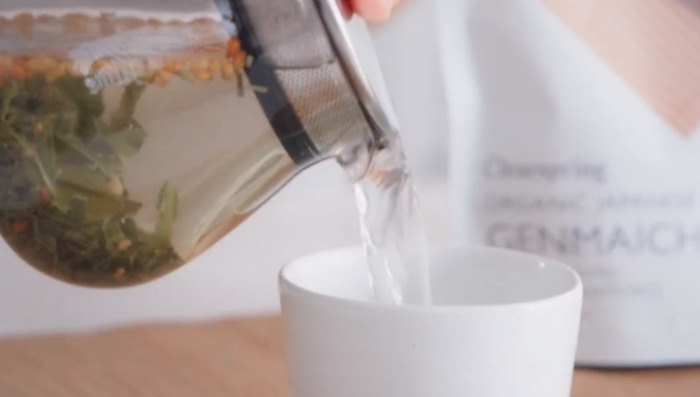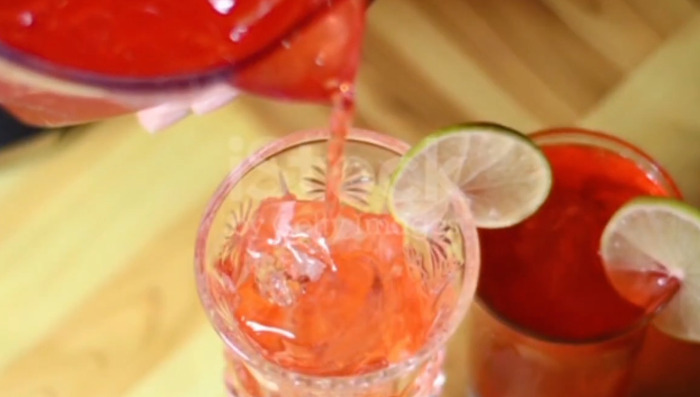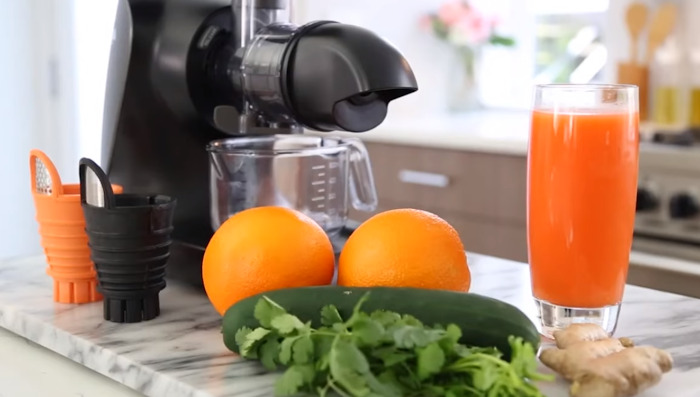High blood pressure, or hypertension, is a condition that’s more than just a number. It’s a serious health concern that occurs when the force of blood pushing against the walls of your arteries is too high. This force can cause your heart and blood vessels to work harder, leading to potential damage over time.
So, what increases your risk? Age, race, family history, chronic stress, and an unhealthy diet can all play a part. Even if you’re doing everything right—eating well, exercising regularly, and managing stress—you might still find yourself facing this issue. That’s why it’s crucial to know your numbers and understand what they mean.
But don’t panic. There are actionable steps you can take to control your blood pressure. Following a heart-healthy diet like the DASH Diet, rich in fruits, vegetables, and low-fat dairy, can make a difference. Limiting sodium to ideally not more than 1,500 milligrams per day and engaging in 30 minutes of moderate cardio like jogging or cycling can also help.
Remember, high blood pressure usually develops over time. It’s not about instant fixes but consistent, positive lifestyle changes. Talk to your doctor, make those changes, and keep an eye on your blood pressure. It’s a manageable condition, and with the right approach, you can take control of your health.
Juice recipe for maintaining high blood pressure:
Ingredient:
Here’s a simple and effective juice recipe that can help in maintaining high blood pressure:
- Beetroot Powder: 1 tablespoon (an excellent source of nitrates to relax blood vessels)
- Water: ¼ cup (to mix with beetroot powder)
- Carrot Juice (low sodium): ¼ cup (provides essential vitamins)
- Tomato Juice (low sodium): ½ cup (known to improve systolic and diastolic blood pressure)
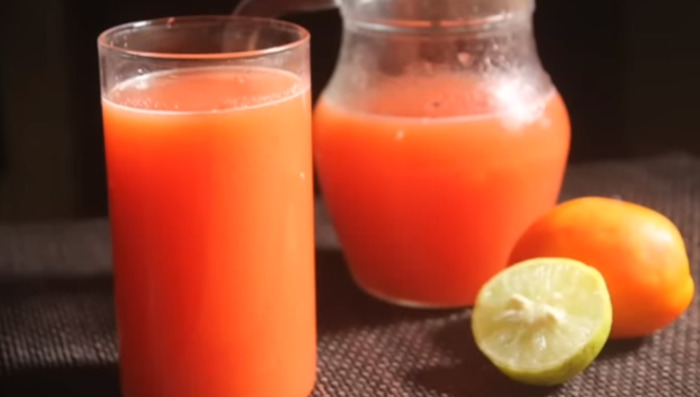
- Worcestershire Sauce: ½ teaspoon or to taste (for flavour)
- Celery Seed: ⅛ teaspoon (adds a subtle spice)
- Ginger (fresh minced or dried): ⅛ teaspoon (for a hint of warmth)
- Lime Juice: 1 ounce, about ½ lime (for a tangy twist)
- Ice: As needed (for serving chilled)
This juice combines the benefits of various ingredients known to support heart health. The beetroot powder, in particular, is a standout ingredient for its ability to relax blood vessels and increase blood flow. The low-sodium carrot and tomato juices add nutritional value without negatively impacting blood pressure. The combination of flavours ensures that this juice is not only healthy but also delicious.
Equipment:
These tools are commonly found in most kitchens and are essential for creating a juice that not only tastes great but also aligns with the goal of maintaining healthy blood pressure.
- Measuring Cup: To accurately measure the liquids and ensure the right balance of ingredients.
- Measuring Spoons: For precise measurement of smaller quantities like spices and sauces.
- Blender or Juicer: To mix the ingredients smoothly. A high-speed blender can break down even fibrous vegetables.

- Strainer (Optional): If you prefer a smoother texture, you can strain the juice to remove any pulp.
- Mixing Bowl: To combine the beetroot powder with water and other ingredients.
- Whisk or Stirrer: To mix the ingredients well, ensuring that the beetroot powder is fully dissolved.
- Glass or Serving Jug: To serve the juice. Using a chilled glass can enhance the refreshing taste.
- Citrus Juicer (Optional): If using fresh lime, this tool can help you extract the juice easily.
- Spoon or Spatula: To scoop and mix ingredients like ginger or celery seed.
Instructions:
These instructions are designed to create a juice that’s not only delicious but also tailored to support heart health. By following these steps, you can enjoy a refreshing beverage that aligns with a lifestyle focused on managing high blood pressure.
- Prepare the Ingredients: Gather all the necessary ingredients including beetroot powder, water, carrot juice, tomato juice, Worcestershire sauce, celery seed, ginger, lime juice, and ice.
- Mix Beetroot Powder with Water: In a measuring cup, combine 1 tablespoon of beetroot powder with ¼ cup of water. Mix well to dissolve the powder.
- Add Juices and Seasonings: To the beetroot mixture, add ¼ cup of low-sodium carrot juice, ½ cup of low-sodium tomato juice, ½ teaspoon of Worcestershire sauce, ⅛ teaspoon of celery seed, and ⅛ teaspoon of minced or dried ginger. Mix well.
- Include Lime Juice: Add 1 ounce of lime juice (about ½ lime) to the mixture.
- Pour Over Ice: Take a glass filled with ice and pour the mixture over it.
- Stir and Serve: Stir the juice well to combine all the flavors and serve immediately.
- Optional Additions: If you prefer a different taste, you can experiment with other healthy ingredients like pomegranate juice or berry juice. Just make sure to keep the sodium content in check.
- Enjoy Regularly: For best results in maintaining healthy blood pressure, enjoy this juice as part of a balanced diet, along with regular exercise and stress management.
Which Fruits and Vegetables are Best to Juice for High Blood Pressure?
By focusing on these fruits and vegetables, you can create delicious and nutritious juices that support healthy blood pressure levels.
- Beets: Rich in nitrates, beets help relax blood vessels and increase blood flow. Beetroot powder is a concentrated form that can be easily added to juices.
- Tomatoes: Low in sodium and beneficial for heart health, tomatoes can improve both systolic and diastolic blood pressure.
- Carrots: Carrot juice is low in sodium and a great source of potassium, which helps balance blood pressure levels.
- Pomegranates: This fruit is rich in nutrients and anti-inflammatory effects, making pomegranate juice a heart-healthy option.
- Berries: Blueberries, cranberries, and cherries are known for their antioxidant properties. Juicing them may improve blood pressure.
- Leafy Greens: Spinach, kale, and other leafy greens are high in potassium and magnesium, essential minerals for blood pressure control.
- Celery: Celery juice contains compounds that may lower blood pressure by relaxing the muscles around the arteries.
- Citrus Fruits: Oranges, lemons, and limes are rich in vitamin C and can be a refreshing addition to any blood pressure-friendly juice.
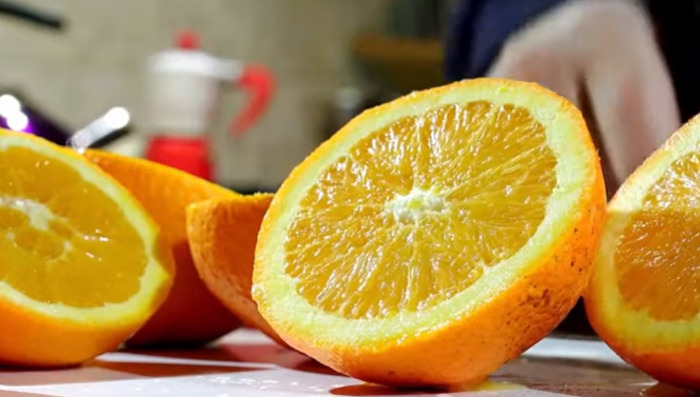
- Cucumbers: Low in calories and sodium, cucumbers add hydration and a mild flavor to your juice.
- Apples: Adding apples can provide sweetness without added sugar, and they contain compounds that may help lower blood pressure.
- Avoid High-Sodium Vegetables: Limit or avoid vegetables that are high in sodium, such as canned or pickled options.
- Consider the DASH Diet: Incorporating fruits and vegetables that align with the Dietary Approaches to Stop Hypertension (DASH) diet can be beneficial.
Why Should I Juice for High Blood Pressure?
Juicing for high blood pressure is not just about creating tasty beverages. It’s a strategic approach that aligns with medical guidelines and holistic wellness principles. Here’s why juicing can be a beneficial approach for managing high blood pressure:
- Rich in Nutrients: Juicing extracts vital nutrients from fruits and vegetables. Ingredients like beets and tomatoes are rich in dietary nitrates and other compounds that may help lower blood pressure.
- Low in Sodium: By choosing fresh ingredients and avoiding processed products, you can control the sodium content. Lower sodium intake is essential for managing high blood pressure.
- Incorporates the DASH Diet Principles: The DASH (Dietary Approaches to Stop Hypertension) diet emphasizes fruits, vegetables, and low-fat dairy. Juicing aligns with these principles, making it easier to consume the recommended servings.
- Enhances Hydration: Staying hydrated is crucial for heart health. Juicing provides a flavorful way to increase fluid intake, supporting overall wellness.
- Customizable to Taste: You can tailor your juice recipes to include ingredients that you enjoy and that meet your dietary needs. This personalization ensures that you’re more likely to stick with this healthy habit.
- Complements a Healthy Lifestyle: Juicing can be part of a broader strategy to manage high blood pressure, including regular exercise, stress reduction, and avoiding harmful habits like smoking.
- Convenient and Quick: Juicing provides a quick and convenient way to consume a variety of nutrient-dense foods. It’s an easy way to boost your daily intake of vitamins and minerals.
- Avoids Unhealthy Additives: By making your juice, you avoid artificial sweeteners, preservatives, and other additives found in store-bought products. This control over ingredients aligns with a heart-healthy lifestyle.
- Supports Weight Management: Many juice recipes are low in calories but high in nutrients. This balance can support weight management, a key factor in controlling blood pressure.
- Promotes Overall Wellness: Beyond blood pressure, juicing supports overall health by providing antioxidants and other beneficial compounds. These elements can enhance immunity, energy levels, and general well-being.
What are the reasons for high blood pressure?
High blood pressure, or hypertension, is a common but serious condition that can lead to various health problems if left untreated. Understanding the reasons behind high blood pressure is essential for prevention and management. Here are some of the primary causes:
- Genetics: Family history can play a role in developing high blood pressure. If your parents or other close relatives have hypertension, you may be at higher risk.
- Age: As you get older, the risk of high blood pressure increases, particularly after the age of 65.
- Diet: Consuming a diet high in sodium and low in potassium can contribute to high blood pressure. Processed foods often contain hidden sodium, which can elevate blood pressure levels.
- Lack of Exercise: Physical inactivity can lead to weight gain and obesity, both of which are risk factors for hypertension.
- Excessive Alcohol Consumption: Regular heavy drinking can lead to long-term blood pressure problems.

- Stress: Chronic stress may contribute to high blood pressure, especially if it leads to poor habits like unhealthy eating or excessive drinking.
- Chronic Kidney Disease: This condition can alter the balance of fluids and salts in your body, leading to high blood pressure.
- Smoking: Tobacco use can cause your blood vessels to narrow, resulting in increased blood pressure.
- Sleep Apnea: Interrupted sleep patterns can lead to problems with the normal regulation of blood pressure.
- Medication Side Effects: Certain medications, including birth control pills, cold remedies, and prescription drugs, can cause or worsen high blood pressure.
- Pregnancy: Some women may develop high blood pressure during pregnancy, a condition known as gestational hypertension.
- Race: Certain racial and ethnic groups, such as African Americans, may have a higher risk of developing high blood pressure.
- Underlying Health Conditions: Diseases like diabetes and high cholesterol can increase the risk of hypertension.
Lifestyle modifications for maintaining high blood pressure:
Maintaining high blood pressure requires a thoughtful approach to lifestyle modifications. Here are some actionable and clear steps you can take:
- Reduce Sodium Intake: Aim for no more than 1,500 milligrams of sodium per day. Read labels, choose low-sodium options, and cook with fresh herbs instead of salt.
- Increase Physical Activity: Engage in at least 150 minutes of moderate-intensity aerobic exercise per week, like jogging or cycling.
- Eat a Balanced Diet: Focus on fruits, vegetables, whole grains, and lean proteins. Avoid processed foods that can be high in unhealthy fats and sodium.
- Limit Alcohol Consumption: Stick to one drink per day for individuals assigned female at birth and up to two for those assigned male at birth. Consult with a doctor for personalized recommendations.
- Manage Stress: Practice relaxation techniques like meditation or deep breathing to keep stress levels in check.
- Quit Smoking: If you smoke, seek support to quit. Smoking narrows arteries and raises blood pressure.
- Monitor Blood Pressure Regularly: Keep track of your blood pressure readings at home and share them with your healthcare provider.

- Avoid Excessive Caffeine: While moderate coffee consumption may be safe, excessive intake can spike blood pressure. Be mindful of your coffee and energy drink consumption.
- Maintain a Healthy Weight: Work with a healthcare provider to determine a healthy weight for you and strive to achieve or maintain it.
- Follow Medication Guidelines: If prescribed, take blood pressure medications as directed and discuss any concerns with your healthcare provider.
- Limit Sugary Drinks: Opt for unsweetened beverages like water or herbal tea to avoid added sugars that can negatively impact blood pressure.
- Sleep Well: Ensure you get enough quality sleep, as sleep disorders like sleep apnea can affect blood pressure.
- Avoid Certain Over-the-Counter Medications: Some cold remedies and other OTC drugs can raise blood pressure. Consult with a healthcare provider before using them.
- Stay Hydrated: Drink enough water throughout the day, as dehydration can lead to increased blood pressure.
Is it OK to drink grapefruit juice if you take blood pressure medication?
Drinking grapefruit juice while taking blood pressure medication is generally not recommended. Grapefruit and its juice can interfere with certain enzymes that break down medications in your digestive system. This can lead to higher levels of the medication in your bloodstream, potentially causing more side effects or altering the medication’s effectiveness.
The interaction varies depending on the specific medication and individual response. It’s essential to consult with your healthcare provider or pharmacist about your particular medication and whether grapefruit products should be avoided. Always follow their guidance to ensure your treatment’s safety and efficacy.
Related Read: Grapefruit Juice Recipe: Benefits And Nutritional Value!
Conclusion:
High blood pressure is a multifaceted condition with various causes and solutions. From understanding what high blood pressure is to recognizing the reasons behind it, we’ve explored the importance of lifestyle modifications, including diet and exercise. Juicing, particularly with specific ingredients, can be a beneficial part of maintaining healthy blood pressure levels, but it requires the right equipment and careful preparation.
However, it’s vital to be aware of potential interactions, such as with grapefruit juice and certain medications. The journey to managing high blood pressure is complex and individualized, and it often requires a combination of medical guidance, dietary choices, and lifestyle changes. Always consult with healthcare professionals to tailor a plan that’s right for you.
FAQs:
What is the fastest way to bring down high blood pressure?
The fastest way to bring down high blood pressure in the kitchen is through mindful dietary choices. Opting for low-sodium, fresh ingredients, and incorporating heart-healthy options like fruits and vegetables can make a significant difference. Juicing with specific ingredients known to support healthy blood pressure levels can be a quick and delicious way to nourish your body.
What drink immediately lowers blood pressure?
For an immediate effect on lowering blood pressure, a drink rich in potassium can be helpful. A homemade juice combining beetroot, celery, and cucumber is a great option. These ingredients are known for their blood pressure-lowering properties. However, it’s essential to recognize that while this drink can support healthy blood pressure, it’s not a substitute for medical treatment or a balanced diet.
Can juicing reverse high blood pressure?
Juicing can be a beneficial part of a healthy diet that supports blood pressure management, but it’s not a cure or reversal for high blood pressure. Incorporating juices rich in nutrients like potassium and magnesium may aid in maintaining healthy blood pressure levels. However, relying solely on juicing without considering other lifestyle modifications and medical treatments would be unwise.




